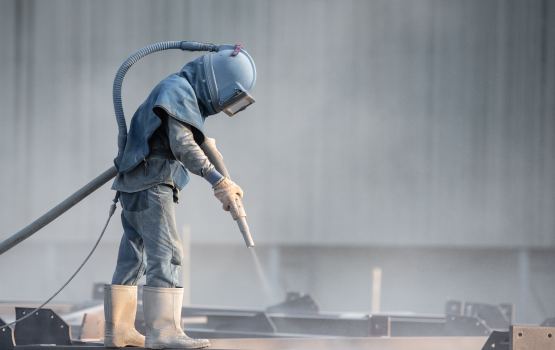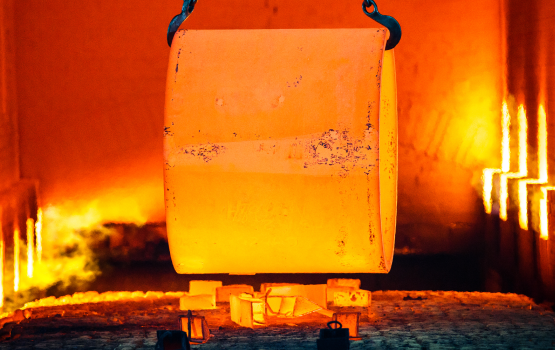

Surface Treatment refers to the various methods that can be used to treat the surface of a part to protect it from corrosion, improve wear resistance or bring an aesthetic finish to the manufactured product.
But before applying a coat of paint or other adhesives, the surface needs to be prepared to enhance the adhesion of the coating material. This process is called surface preparation and it is the first step of surface finishing.
Step 1 – Surface Preparation
Step 2 – Application of protective layer
Surface preparation ensures that a material is ready to receive a coating of the protective layer, be adhered to another material or other similar surface-related applications. A dirty, oily, flaking or otherwise compromised surface can greatly reduce the effectiveness of a new coating and cause adhesion failure. Surface preparation works to ensure the best-possible mechanical bonding while also helping to mitigate against later problems, such as corrosion and mechanical damage.
Surface preparation can be done in the form of chemical or mechanical methods, including the use of solvents, abrasive blasting materials, heat, acids and jets of water.

Abrasive Blast Cleaning

Hand and Power Tool Cleaning

Flame Cleaning

Acid Pickling

Solvent Cleaning
It is the thin layer of a covering substance, deposited or applied on a surface of an object mainly to create a protective barrier against deterioration of the surface due to its reaction with its environment.
The most common types of metal coatings used across various industries are






Heat treatment is an operation involving the heating and cooling of a metal or an alloy in the solid state to obtain certain desirable properties without changing its composition.
The process of heat treatment is carried out to change the grain size, to modify the micro structure of the material, and to relieve the stresses that would have built up on the material during hot or cold working.
The most common types of metal coatings used across various industries are







